
By Visit.org
In recent years, the tourism industry has exploded. According to the World Tourism Organization, over 1.1 billion tourists traveled abroad in 2014 alone, and that number will skyrocket to 1.8 billion by 2030. Increasingly, these tourists are straying off the beaten track and seeking unique and authentic experiences among local communities; however, as these visitors stray from well-trod tourist destinations, they face a larger cultural divide among peoples unaccustomed to foreign eyes and Western cultural standards.
Worse still, tourists can forget that the “exotic” community they are visiting isn’t just a spectacle that exists for their enjoyment. While it’s natural to be unfamiliar with foreign cultural norms, many of these misunderstandings lead to rude and inappropriate behavior that leaves both the tourist and the locals with a sour aftertaste. For example…
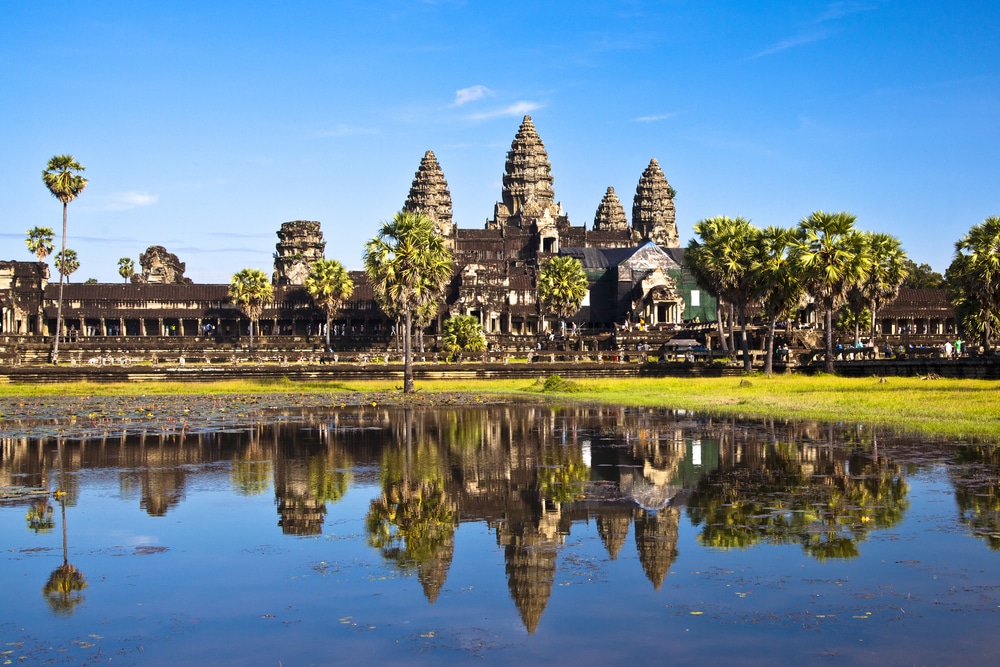
1. The Sacred Becomes Spectacle
As tourists, we are lucky to experience sacred ceremonies and visit holy sites; however, it’s easy to forget that these still hold special significance for local communities. For example, Angkor Wat in Cambodia is a magnificent temple complex, and the largest religious site in the world. Usually, it is swarmed with tourists, who don’t treat the temple with the respect that it deserves. Often, visitors will fail to wear appropriate clothes or display downright obnoxious behavior.
A Better Way: Tour religious sites with local community members, who will introduce you to cultural norms and rules surrounding sacred places. For example, you can travel to Banteay Chhmar temple in Northwest Cambodia and tour the ruins with the local Khmer people. Afterwards, experience an evening in the local village. You will better understand the significance these sites continue to hold for Cambodian people, as well as learn more about modern Khmer culture and everyday life in rural Cambodia.
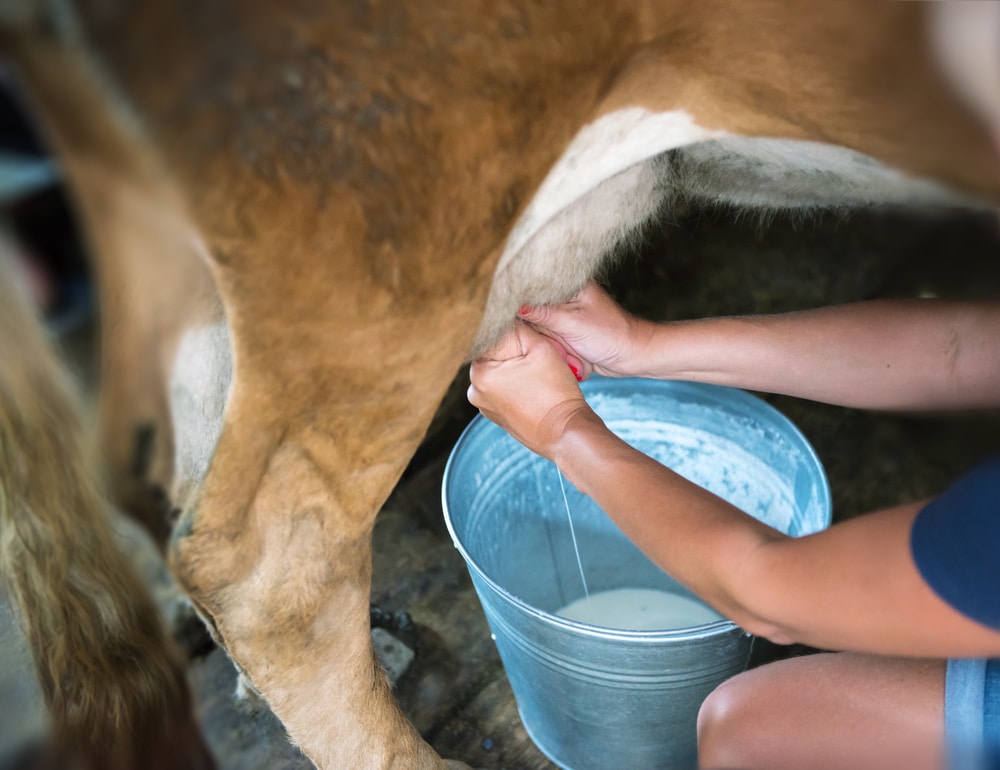
2. Ignorance Breeds Resentment
In many cases, tourists are simply ignorant of local cultures, or even uninterested. In Peru, thousands of people come from all over the world to see the magnificent Machu Picchu; however, few take interest in local communities. In part, this is due to language barriers — after all, most people will have trouble communicating with locals without a shared vocabulary. This creates distance between visitors and locals that may ultimately lead to misunderstandings and resentment.
A Better Way: Spend the day with a local community with a knowledgeable guide, who will help bridge the language gap. In Peru, you can visit San Jose de Challaca, a community-based cooperative. While there, learn more about rural Peruvian culture as you prepare your own dairy products with local farmers. Both you and your hosts will learn about the others’ culture, and you will truly feel as if you have experienced rural Peruvian life.
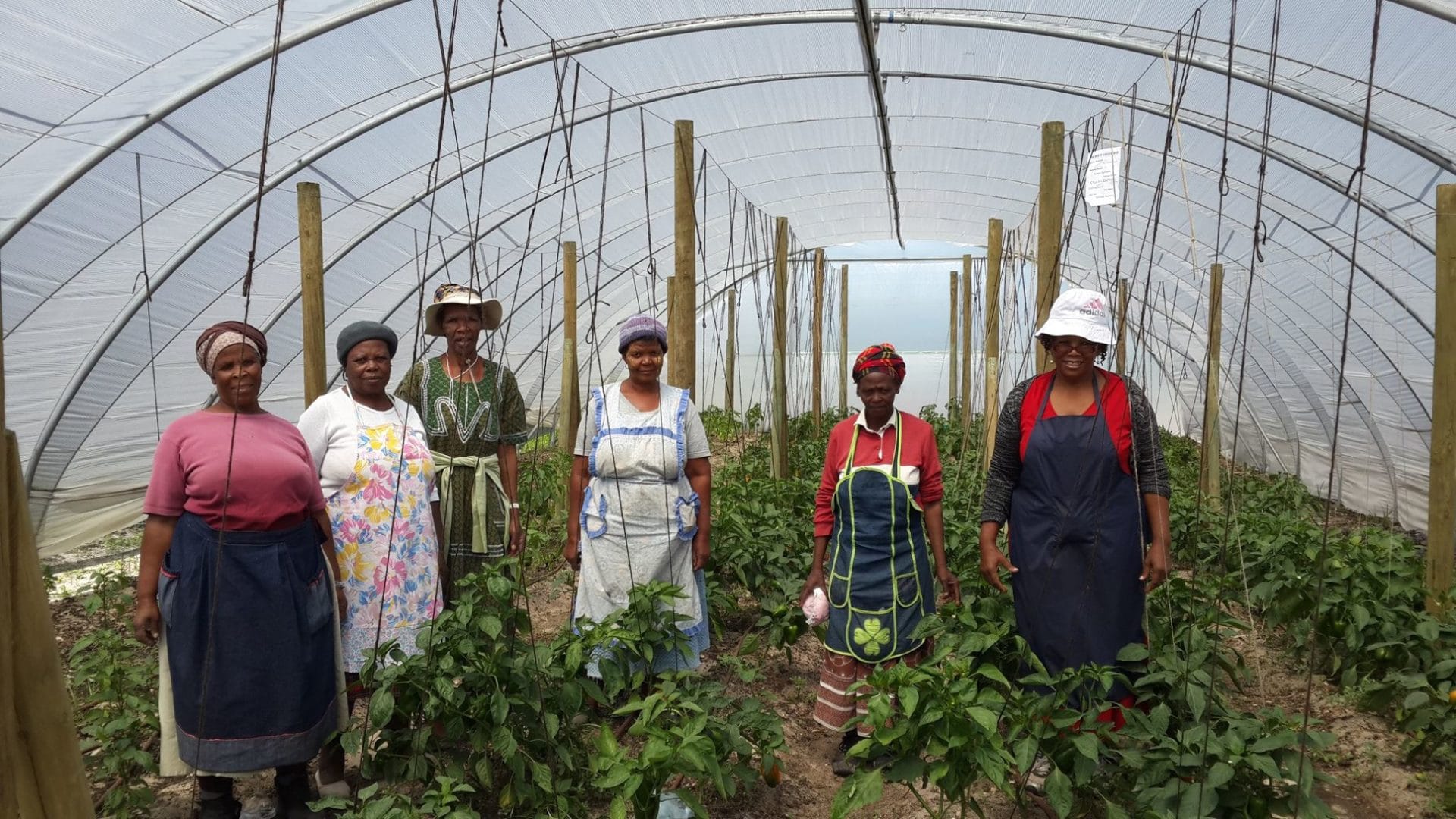
3. Poverty Is Entertainment
Slum tourism a troubling trend in which visitors take tours of struggling communities, without actually interacting with community members. While the fad exists all over the world — for example, Favela tours in Brazil and slum tours in Mumbai — it is rampant in South Africa. Many visitors are curious to see the remaining scars apartheid has left on the country. Township Tours have little benefit to those actually living in the community, and turns their poverty into a show for curious eyes.
A Better Way: Take a tour with Uthando, a nonprofit located in Cape Town, South Africa. Knowledgeable guides will show you Uthando’s various community development projects, including day care, early learning centers, urban agricultural and environmental programs, youth development, after school extracurricular activities, senior care and animal care. You will see how one nonprofit is working to heal the wounds left by apartheid, instead of profiting off the scars that continue to exist in the country.

4. Biases Create Divide
We all have biases. We can’t help but project them on everything we see, particularly when visiting areas in turmoil. For instance, most visitors to Israel are aware of tense relations between Israelis and Palestinians, and most have strong opinions on the subject; however, when we carry these biases with us, we may miss an opportunity to better understand and heal this divide.
A Better Way: Visit the Beit Hagefen Arab Jewish Cultural Center, a non-profit located in Haifa, Israel. Combat intolerance with dialogue, exploring the rich, diverse culture of the city. You will see historic mosques and synagogues, and the “Museum Without Walls,” meant to signify unity in a multicultural city. The Center seeks to bring people together in a climate that increasingly tries to force locals to choose a side.
Ultimately, we hope as tourists that we gain a better understanding of the communities we visit, and leave locals with a sense that they learned something as well. That’s why it’s always best to respect the local culture and leave biases at the door (and, if you’re lucky, have a knowledgeable guide with you at all times).
About The Author
Emily Lyda Menton is a born-and-raised Manhattanite. She has traveled extensively throughout Europe and Southeast Asia. She is currently based in her hometown, where she works as a copywriter. She also serves as the New York City Leader for visit.org, which connects travelers with tours and experiences that benefit non-profit organizations around the world.
Jessica Festa
Latest posts by Jessica Festa (see all)
- A Culturally-Immersive Adventure In Mongolia’s Altai Mountains - Jul 8, 2023
- This Recipe Sharing Platform Supports Women In The Culinary Industry (Labneh Recipe Included!) - Nov 5, 2020
- Hiking The Mohare Danda Community Eco-Trek In Nepal - Jun 3, 2020
- 6 Important Questions For Choosing A Responsible Yoga Retreat - May 18, 2020
- How To Create & Grow A Profitable Blogging Business (Ethically) - Jan 18, 2020

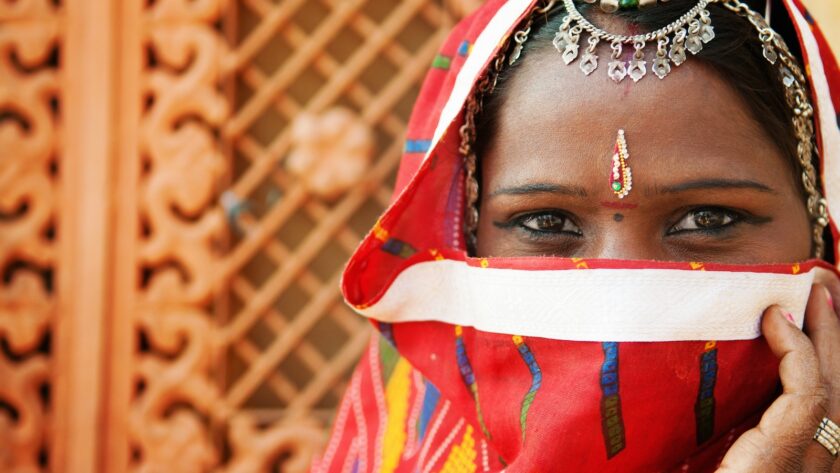
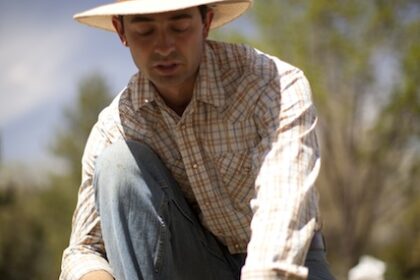



I’ve read a looot of travel blog posts, but this one felt uniquely original despite it being such an important thing to talk about. I felt that when I was in Kutna Hora’s Sedlec Ossuary in the Czech Republic and tourists around me were taking smiling selfies with the skulls of Plague victims. I love your suggestions for organizations and groups that are creating opportunities for foreigners to really get to know the meaning and culture behind the site or city they’re exploring.